Physcia tribacioides Nyl.
Flora, 57: 307, 1874.
Synonyms:
Distribution: N - Lig (Giordani & Brunialti 2000, Brunialti & Giordani 2003, Giordani & al. 2009, Giordani & Incerti 2008). C - Tosc, Laz (Ravera 2001, Massari & Ravera 2002).
Description: Thallus foliose, heteromerous, dorsiventral, narrow-lobed, rather firmly attached, forming orbicular to (usually) very irregular, 3-5(-8) cm wide rosettes. Lobes 0.5-1.5 mm wide, often overlapping, with indented or crenulate margins, emaculate, epruinose, grey-white, with mostly laminal, globulose, 0.5-1(-1.5) mm wide, whitish to greenish white soralia bearing farinose soredia. Lower surface whitish to pale brown, with whitish to brown, simple rhizines. Upper and lower cortex paraplectenchymatous; medulla white. Apothecia very rare, lecanorine, 0.5-1.3 mm across, sessile and constricted at base, with a brown, epruinose disc and an often sorediate thalline margin. Epithecium brown; hymenium and hypothecium colourless; paraphyses slender, simple or forked in upper part, the apical cells clavate, with a thin, dark brown cap. Asci 8-spored, clavate, the K/I+ blue tholus penetrated by a faintly amyloid apical cushion with parallel or diverging flanks, the wall K/I-, surrounded by a K/I+ blue outer layer, Lecanora-type. Ascospores 1-septate, brown, ellipsoid, 17-22 x 7-10 µm, the wall thickened at apex and at septum, Physcia-type. Photobiont chlorococcoid. Spot tests: upper cortex and medulla K+ yellow, C-, KC-, P- or P+ faintly yellow. Chemistry: upper cortex and medulla with atranorin. Note: a humid subtropical to Mediterranean-Atlantic lichen found on isolated, mostly old trees, generally near the coast but not in maritime situations; in Italy certainly confined to the Tyrrhenian region. Recent records from Tuscany (Loppi & Putortì 1995, Loppi & al. 1994, 1995, 1996b), where the species does in any case occur, are certainly wrong (Putortì in litt.). It is included in the Italian red list of epiphytic lichens as “Vulnerable” (Nascimbene & al. 2013c).
Growth form: Foliose, narrow lobed
Substrata: bark
Photobiont: green algae other than Trentepohlia
Reproductive strategy: mainly asexual, by soredia, or soredia-like structures (e.g. blastidia)
Most common in areas with a humid-warm climate (e.g. most of Tyrrenian Italy)
Commonnes-rarity: (info)
Alpine belt: absent
Subalpine belt: absent
Oromediterranean belt: absent
Montane belt: absent
Submediterranean belt: absent
Padanian area: absent
Humid submediterranean belt: extremely rare
Humid mediterranean belt: extremely rare
Dry mediterranean belt: absent
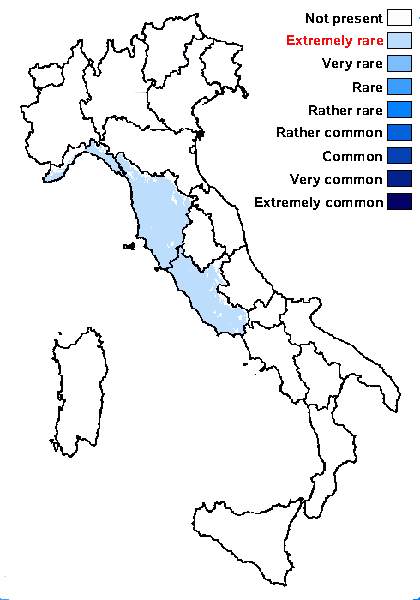
Predictive model
Herbarium samples

Bernard Bouffinier - Source: http://www.lichensmaritimes.org/index.php?task=fiche&lichen=747&lang=en
France, Crozon
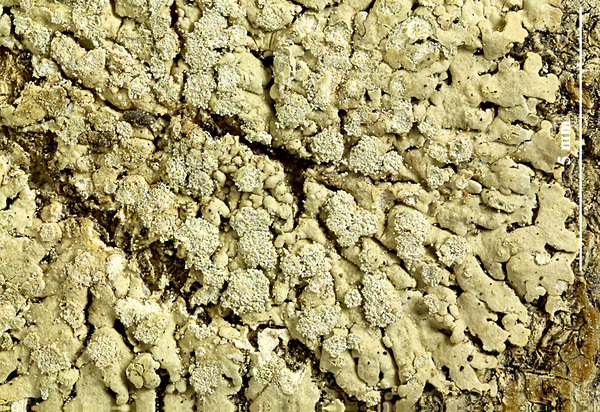

Felix Schumm – CC BY-SA 4.0
[2715], USA, Lousiana, on Celtis laevigata, trees downed in windstorm, Burden Research Platnation, Essen Lane, Baton Rouge. East Baton Parish, Lousiana Leg. et det. Shirley Tucker, 31.05.1975 (Nr. 14294)
at: atranorin
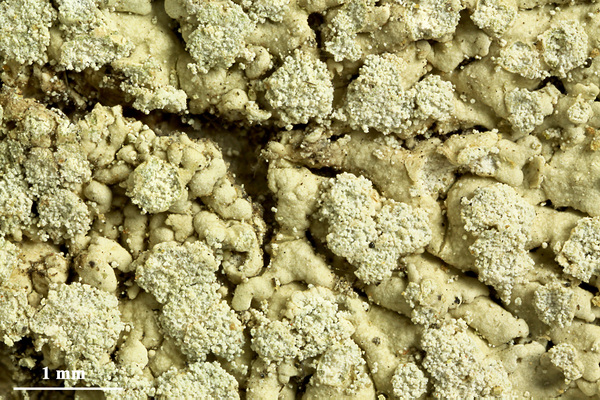

Felix Schumm – CC BY-SA 4.0
[2715], USA, Lousiana, on Celtis laevigata, trees downed in windstorm, Burden Research Platnation, Essen Lane, Baton Rouge. East Baton Parish, Lousiana Leg. et det. Shirley Tucker, 31.05.1975 (Nr. 14294)
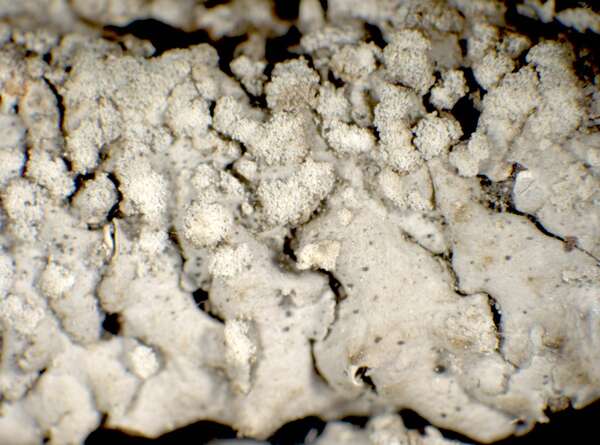

P.L. Nimis; Owner: Department of Life Sciences, University of Trieste
Herbarium: TSB (12184)
2001/12/05
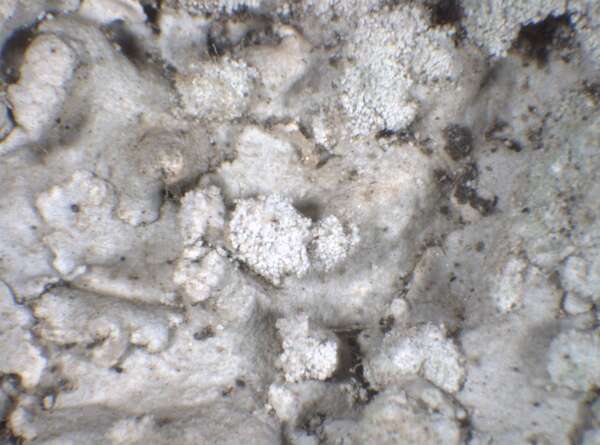

P.L. Nimis; Owner: Department of Life Sciences, University of Trieste
Herbarium: TSB (16211)
2003/03/17
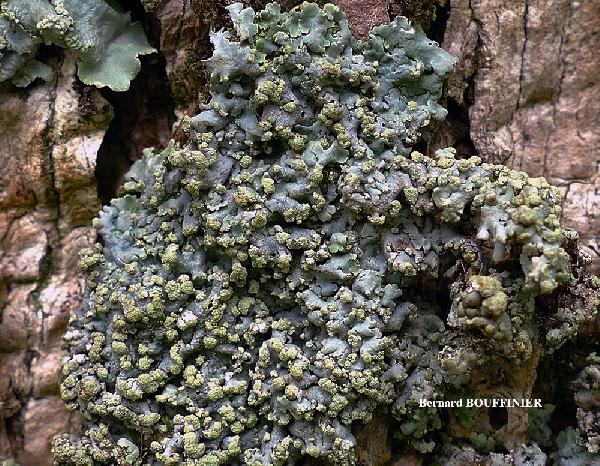
Bernard Bouffinier - Source: http://www.lichensmaritimes.org/index.php?task=fiche&lichen=747&lang=en
France, Kergoat
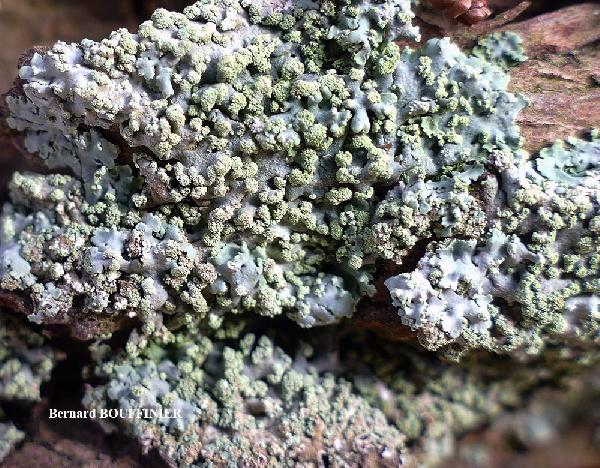
Bernard Bouffinier - Source: http://www.lichensmaritimes.org/index.php?task=fiche&lichen=747&lang=en
France, Crozon
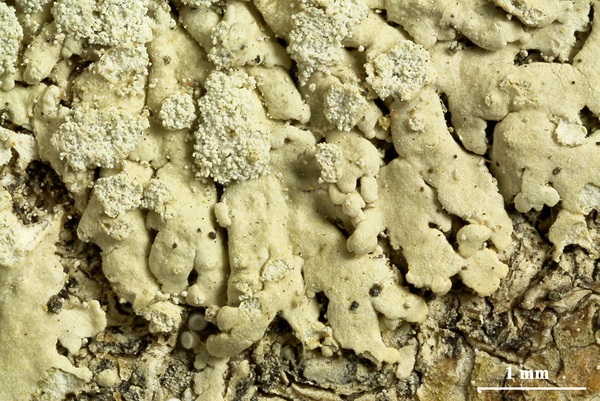

Felix Schumm – CC BY-SA 4.0
[2715], USA, Lousiana, on Celtis laevigata, trees downed in windstorm, Burden Research Platnation, Essen Lane, Baton Rouge. East Baton Parish, Lousiana Leg. et det. Shirley Tucker, 31.05.1975 (Nr. 14294)
at: atranorin
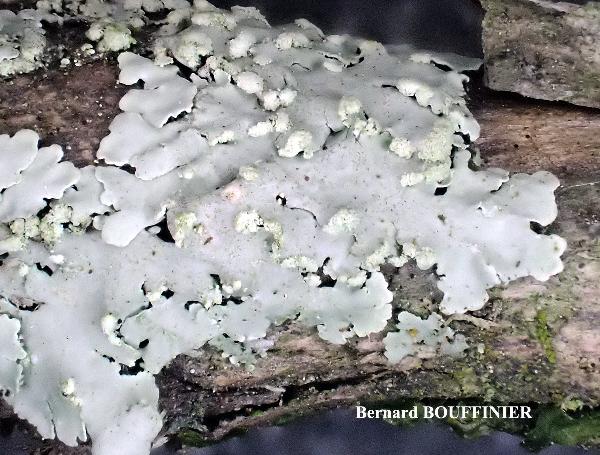
Bernard Bouffinier - Source: http://www.lichensmaritimes.org/index.php?task=fiche&lichen=747&lang=en
France, Landevennec
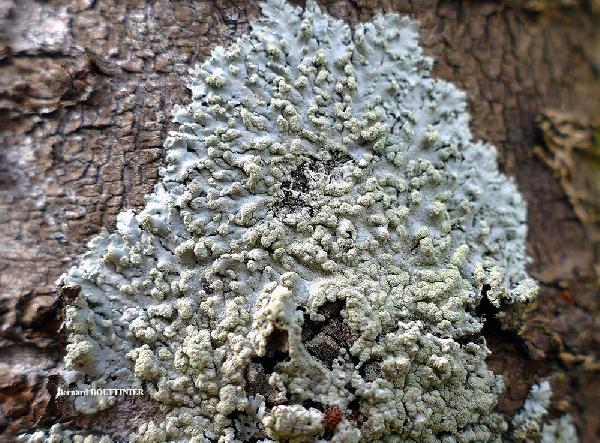
Bernard Bouffinier - Source: http://www.lichensmaritimes.org/index.php?task=fiche&lichen=747&lang=en
France, Crozon

Bernard Bouffinier - Source: http://www.lichensmaritimes.org/index.php?task=fiche&lichen=747&lang=en
France, St. Marie du Menez Hom
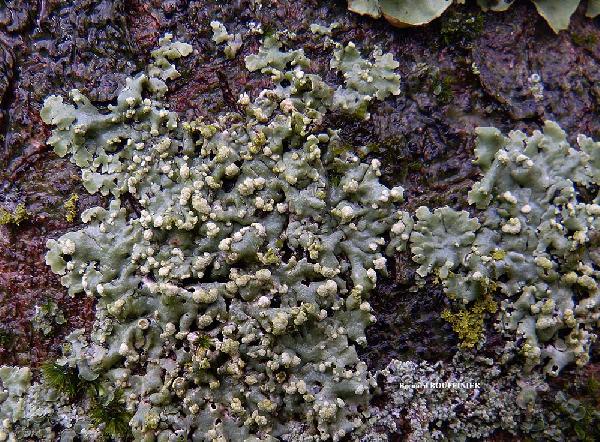
Bernard Bouffinier - Source: http://www.lichensmaritimes.org/index.php?task=fiche&lichen=747&lang=en
France, St. Marie du Menez Hom
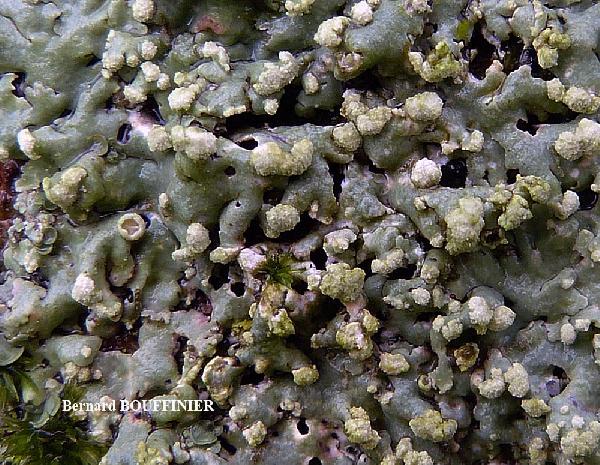
Bernard Bouffinier - Source: http://www.lichensmaritimes.org/index.php?task=fiche&lichen=747&lang=en
France, St. Marie du Menez Hom
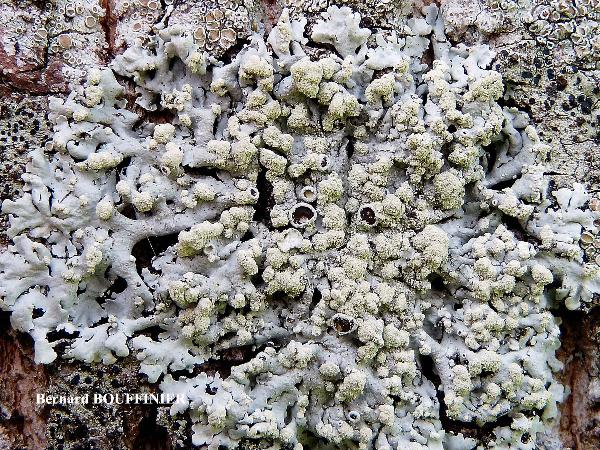
Bernard Bouffinier - Source: http://www.lichensmaritimes.org/index.php?task=fiche&lichen=747&lang=en
France, Le Faou
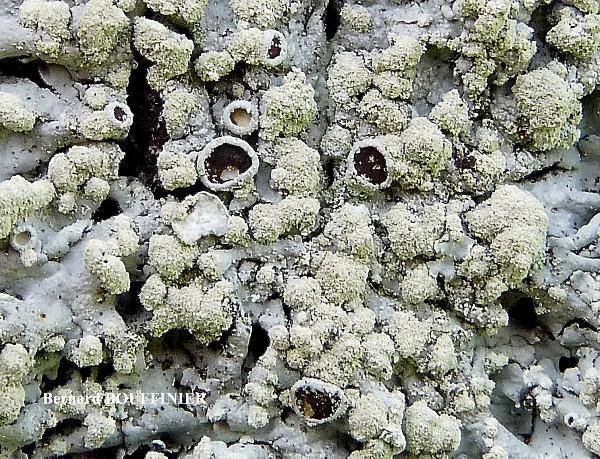
Bernard Bouffinier - Source: http://www.lichensmaritimes.org/index.php?task=fiche&lichen=747&lang=en
France, Le Faou
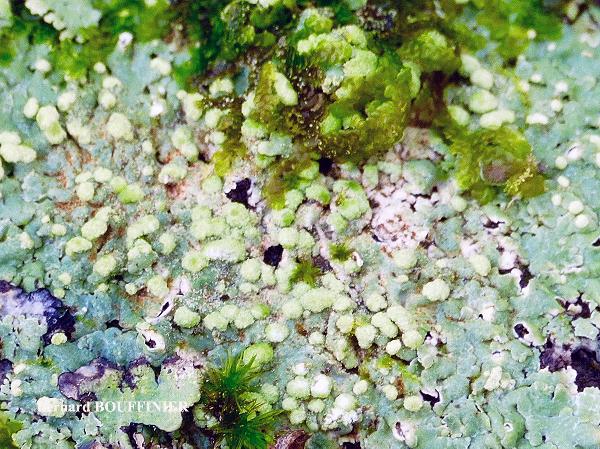
Bernard Bouffinier - Source: http://www.lichensmaritimes.org/index.php?task=fiche&lichen=747&lang=en
France, Crozon
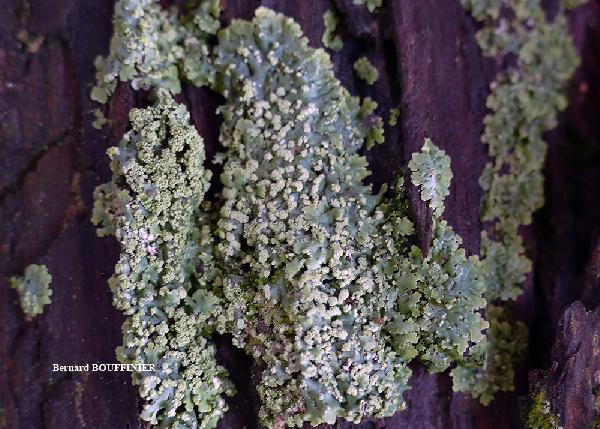
Bernard Bouffinier - Source: http://www.lichensmaritimes.org/index.php?task=fiche&lichen=747&lang=en
France, Pointe de Rostudel
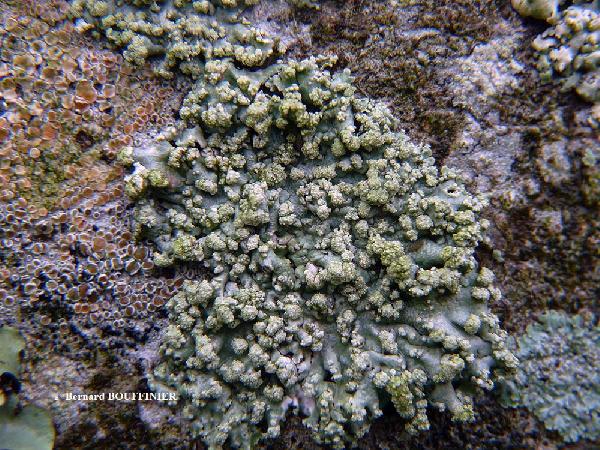
Bernard Bouffinier - Source: http://www.lichensmaritimes.org/index.php?task=fiche&lichen=747&lang=en
France, St. Marie du Menez Hom
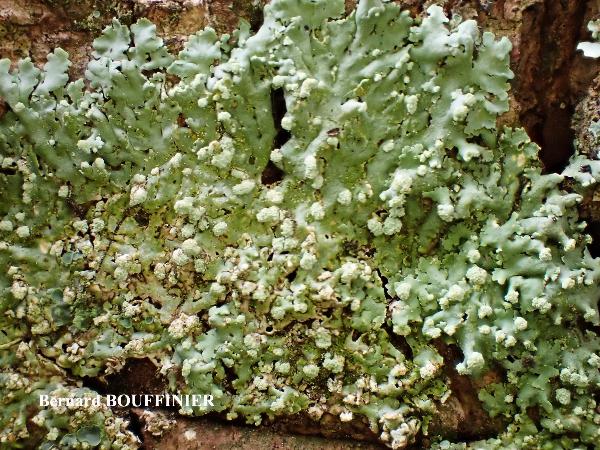
Bernard Bouffinier - Source: http://www.lichensmaritimes.org/index.php?task=fiche&lichen=747&lang=en
France, Stangala
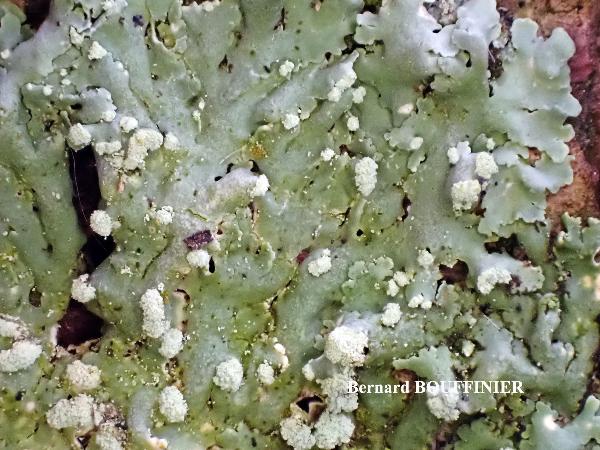
Bernard Bouffinier - Source: http://www.lichensmaritimes.org/index.php?task=fiche&lichen=747&lang=en
France, Stangala
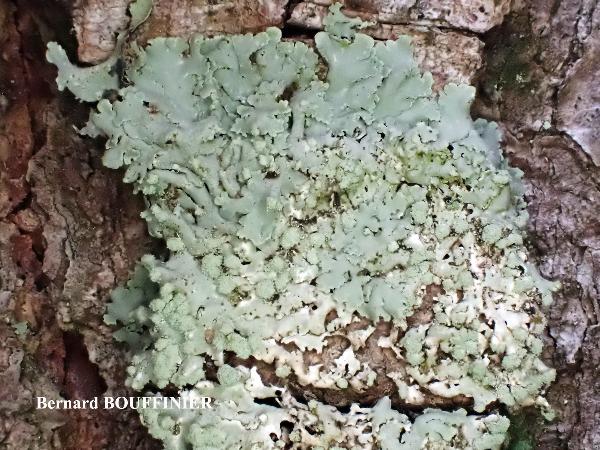
Bernard Bouffinier - Source: http://www.lichensmaritimes.org/index.php?task=fiche&lichen=747&lang=en
France, Stangala
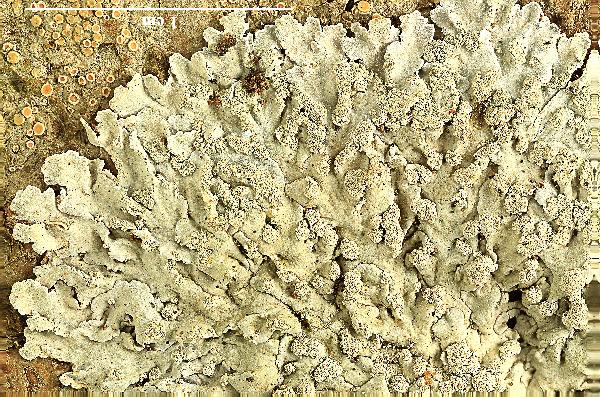

Felix Schumm - CC BY-SA 4.0
[ABL48701], Brazil, Bahia, Itamarajú, Hotel Monte Pascoal, on tree
bark in garden. 17°01'24'' S, 39°32'14'' W, 120 m. Leg. M. Cáceres &
A. Aptroot (no 48701), 15.02.2019, det. A. Aptroot 2019. - Upper
surface ash grey to brownish grey, not evidently spotted, with laminal
elongated capitate soredia. Lower surface white to weakly brownish
grey
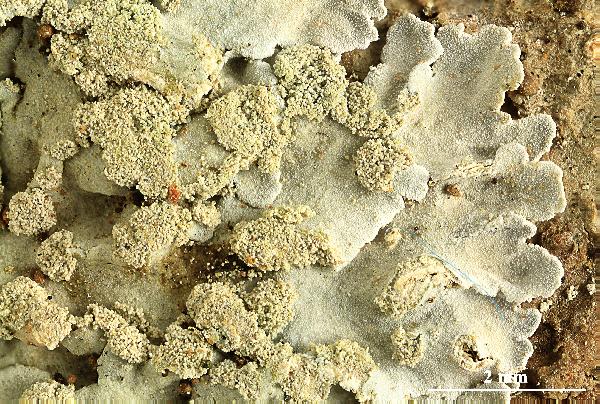

Felix Schumm - CC BY-SA 4.0
[ABL48701], Brazil, Bahia, Itamarajú, Hotel Monte Pascoal, on tree
bark in garden. 17°01'24'' S, 39°32'14'' W, 120 m. Leg. M. Cáceres &
A. Aptroot (no 48701), 15.02.2019, det. A. Aptroot 2019. - Upper
surface ash grey to brownish grey, not evidently spotted, with laminal
elongated capitate soredia. Lower surface white to weakly brownish
grey
Growth form: Foliose, narrow lobed
Substrata: bark
Photobiont: green algae other than Trentepohlia
Reproductive strategy: mainly asexual, by soredia, or soredia-like structures (e.g. blastidia)
Most common in areas with a humid-warm climate (e.g. most of Tyrrenian Italy)
Commonnes-rarity: (info)
Alpine belt: absent
Subalpine belt: absent
Oromediterranean belt: absent
Montane belt: absent
Submediterranean belt: absent
Padanian area: absent
Humid submediterranean belt: extremely rare
Humid mediterranean belt: extremely rare
Dry mediterranean belt: absent

Predictive model
| Herbarium samples |

Bernard Bouffinier - Source: http://www.lichensmaritimes.org/index.php?task=fiche&lichen=747&lang=en
France, Crozon


Felix Schumm – CC BY-SA 4.0
[2715], USA, Lousiana, on Celtis laevigata, trees downed in windstorm, Burden Research Platnation, Essen Lane, Baton Rouge. East Baton Parish, Lousiana Leg. et det. Shirley Tucker, 31.05.1975 (Nr. 14294)
at: atranorin


Felix Schumm – CC BY-SA 4.0
[2715], USA, Lousiana, on Celtis laevigata, trees downed in windstorm, Burden Research Platnation, Essen Lane, Baton Rouge. East Baton Parish, Lousiana Leg. et det. Shirley Tucker, 31.05.1975 (Nr. 14294)


P.L. Nimis; Owner: Department of Life Sciences, University of Trieste
Herbarium: TSB (12184)
2001/12/05


P.L. Nimis; Owner: Department of Life Sciences, University of Trieste
Herbarium: TSB (16211)
2003/03/17

Bernard Bouffinier - Source: http://www.lichensmaritimes.org/index.php?task=fiche&lichen=747&lang=en
France, Kergoat

Bernard Bouffinier - Source: http://www.lichensmaritimes.org/index.php?task=fiche&lichen=747&lang=en
France, Crozon


Felix Schumm – CC BY-SA 4.0
[2715], USA, Lousiana, on Celtis laevigata, trees downed in windstorm, Burden Research Platnation, Essen Lane, Baton Rouge. East Baton Parish, Lousiana Leg. et det. Shirley Tucker, 31.05.1975 (Nr. 14294)
at: atranorin

Bernard Bouffinier - Source: http://www.lichensmaritimes.org/index.php?task=fiche&lichen=747&lang=en
France, Landevennec

Bernard Bouffinier - Source: http://www.lichensmaritimes.org/index.php?task=fiche&lichen=747&lang=en
France, Crozon

Bernard Bouffinier - Source: http://www.lichensmaritimes.org/index.php?task=fiche&lichen=747&lang=en
France, St. Marie du Menez Hom

Bernard Bouffinier - Source: http://www.lichensmaritimes.org/index.php?task=fiche&lichen=747&lang=en
France, St. Marie du Menez Hom

Bernard Bouffinier - Source: http://www.lichensmaritimes.org/index.php?task=fiche&lichen=747&lang=en
France, St. Marie du Menez Hom

Bernard Bouffinier - Source: http://www.lichensmaritimes.org/index.php?task=fiche&lichen=747&lang=en
France, Le Faou

Bernard Bouffinier - Source: http://www.lichensmaritimes.org/index.php?task=fiche&lichen=747&lang=en
France, Le Faou

Bernard Bouffinier - Source: http://www.lichensmaritimes.org/index.php?task=fiche&lichen=747&lang=en
France, Crozon

Bernard Bouffinier - Source: http://www.lichensmaritimes.org/index.php?task=fiche&lichen=747&lang=en
France, Pointe de Rostudel

Bernard Bouffinier - Source: http://www.lichensmaritimes.org/index.php?task=fiche&lichen=747&lang=en
France, St. Marie du Menez Hom

Bernard Bouffinier - Source: http://www.lichensmaritimes.org/index.php?task=fiche&lichen=747&lang=en
France, Stangala

Bernard Bouffinier - Source: http://www.lichensmaritimes.org/index.php?task=fiche&lichen=747&lang=en
France, Stangala

Bernard Bouffinier - Source: http://www.lichensmaritimes.org/index.php?task=fiche&lichen=747&lang=en
France, Stangala


Felix Schumm - CC BY-SA 4.0
[ABL48701], Brazil, Bahia, Itamarajú, Hotel Monte Pascoal, on tree bark in garden. 17°01'24'' S, 39°32'14'' W, 120 m. Leg. M. Cáceres & A. Aptroot (no 48701), 15.02.2019, det. A. Aptroot 2019. - Upper surface ash grey to brownish grey, not evidently spotted, with laminal elongated capitate soredia. Lower surface white to weakly brownish grey


 INDEX FUNGORUM
INDEX FUNGORUM
 GBIF
GBIF

